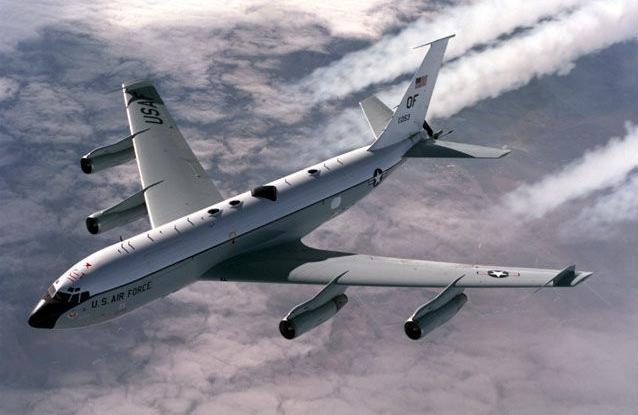USAF Electronic Countermeasures (ECM) and Battle management aircraft
The universal nickname for this aircraft is the ‘Spark Vark’ because it was the electronic warfare version of the F-111 Aardvark. From the mid ’80s onward these aircraft were designed to accompany strike packages and jam or confuse enemy radars and electronic systems. Equipped with the same AN/ALQ-99 electronic warfare system that the US Navy uses, it can intercept process and jam signals from radio and radar, as well as detect, identify and direction find those signals and provide signals intelligence (SIGINT), all of this either automatically or manually. The USAF converted 42 F-111A strike bombers to this role between 1981 and 1983 and upgraded them with an Avionics Modernization Program (AMP) by 1994. Historically there was much shuffling the Spark-Varks about in 1993/94 but in Northern Fury the three Electronic Combat Squadrons (ECS) have remained in place.
| Sqn | Name | Wing | Location | No. | Type | Remarks |
|---|---|---|---|---|---|---|
| 42 ECS | Raptors | 38th | RAF Upper Hayford, UK | 12 | EF-111 | USAFE |
| 429 ECS | Buccaneers | 27th | Cannon AFB, MN | 12 | EF-111 | USAFE or PacAF |
| 430 ECS | Black Falcons | 27th | Cannon AFB, MN | 12 | EF-111 | USAFE or Gulf |
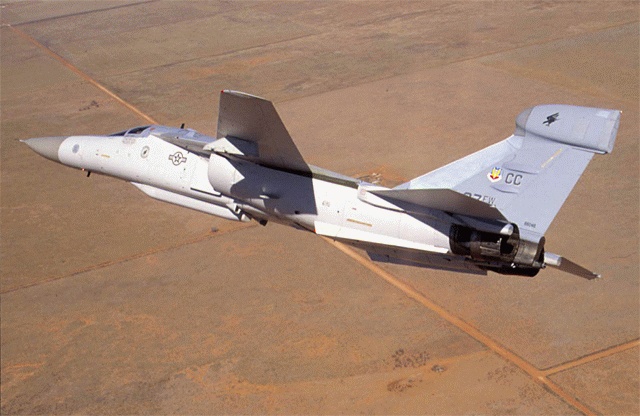
One of the last key roles in the amazing career of the F-4 Phantom was that of hunting and killing enemy air defence systems. The Wild Weasel role is described well in the link, and the F-4G practically wrote the book on SEAD (Suppression of Enemy Air Defences). Equipped with AN/APR-38 RHAW (Radar Homing and Warning System) and HARMs (High-Speed Anti-Radiation Missile), the F-4G can find, suppress and destroy enemy ground based Surface to Air (SAM) missile radars. This very specialized role was in the process of being handed over to F-16 Block 50 squadrons in 1994 but two Squadrons of F-4Gs remain, 561st FS the original ‘Wild Weasels’ and 190th ‘Skull Bangers’ ANG Squadron, each fly 24 aircraft and there are several dozen replacements available from reserve.
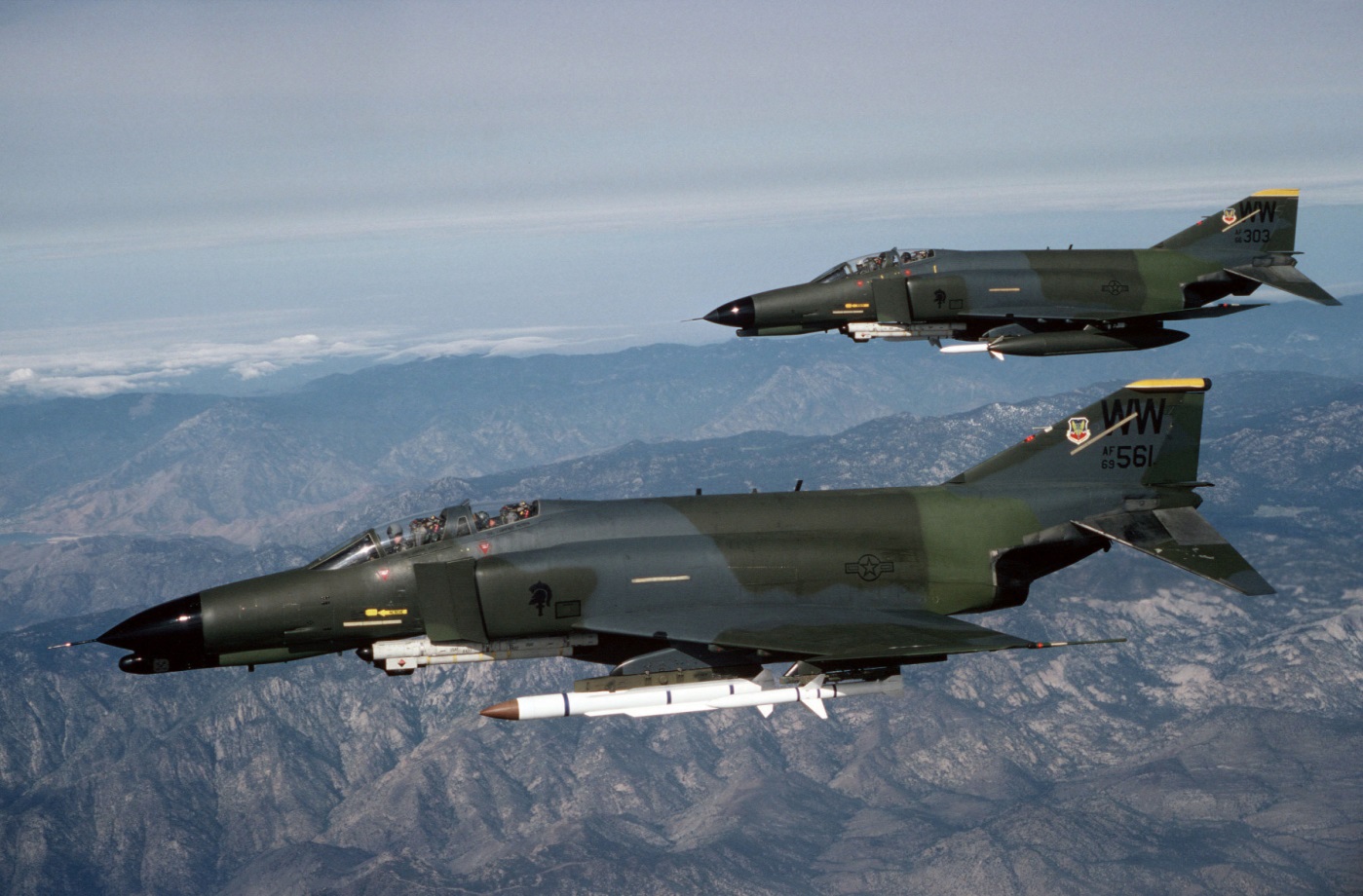
This section presents two versions of the EC-130 Hercules one of them is a dedicated ECM aircraft, and the other a Battlespace management aircraft.
These are dedicated wide area offensive and defensive ECM aircraft which support operations by disrupting, tracking and interpreting electronic signals. In 1994, there are 13 of these aircraft in service across two squadrons, three more are on order with one entering service in July 94. They are routinely deployed around the world in detachments of one or two to support specific operations.
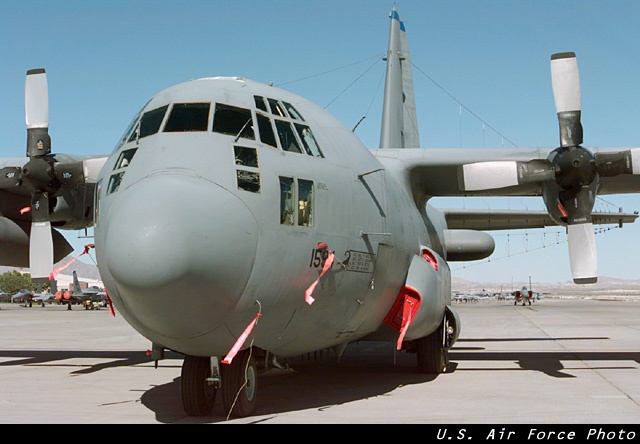
These Airborne Battlefield Command and Control Center (ABCCC) aircraft enabled Command and Control of large air or ground operations. They had a 40 foot ‘capsule’ or ‘pod’ in the cargo bay which contained over 20 radio systems allowing the full time monitoring of AWACS or J-STARS feed, communications with air and ground units gave the commander a near-real time understanding of the battle space. Developed in Viet Nam, only seven of these aircraft remained in operation by 1994, operated by 7th Airborne Command and Control Squadron (ACCS) which remained at Keesler AFB. In Northern Fury they did not move to Offutt AFB as their transition to the EC-135 does not occur.
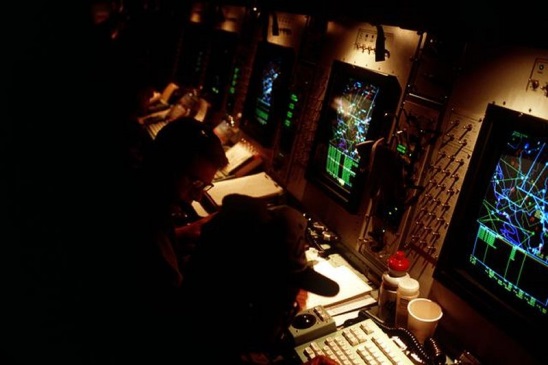
Since February of 1961, these converted Boeing 707s have maintain a 24/7 airborne alert with at least one aircraft in the air at all times, now 33 years later they still do so. They did not adopt a ground alert status in 1990 as they historically did. These aircraft are the fail-safe method of launching a retaliatory nuclear strike. Although over the three decades 39 aircraft were used in this role, only 12 are operated by 2nd and 4th Airborne Command and Control Squadrons (ACCS) at a time. Until the closure of SAC, the Looking Glass Wings had dedicated tankers; however, this role has been transferred to AMC for general tanker support.
